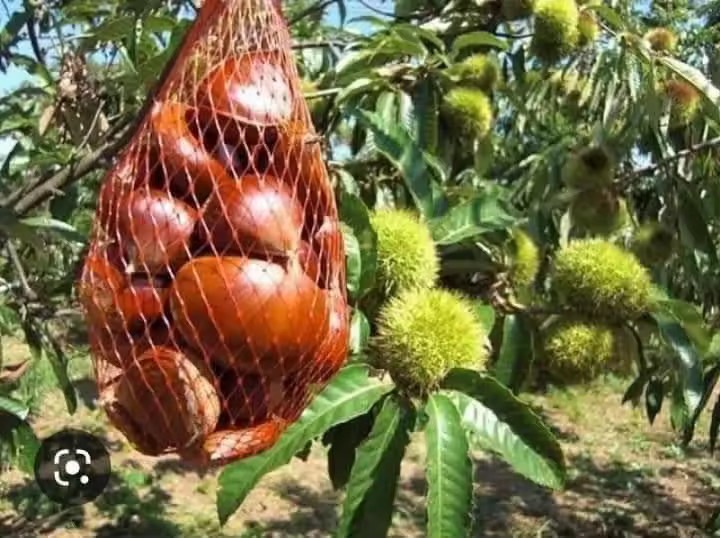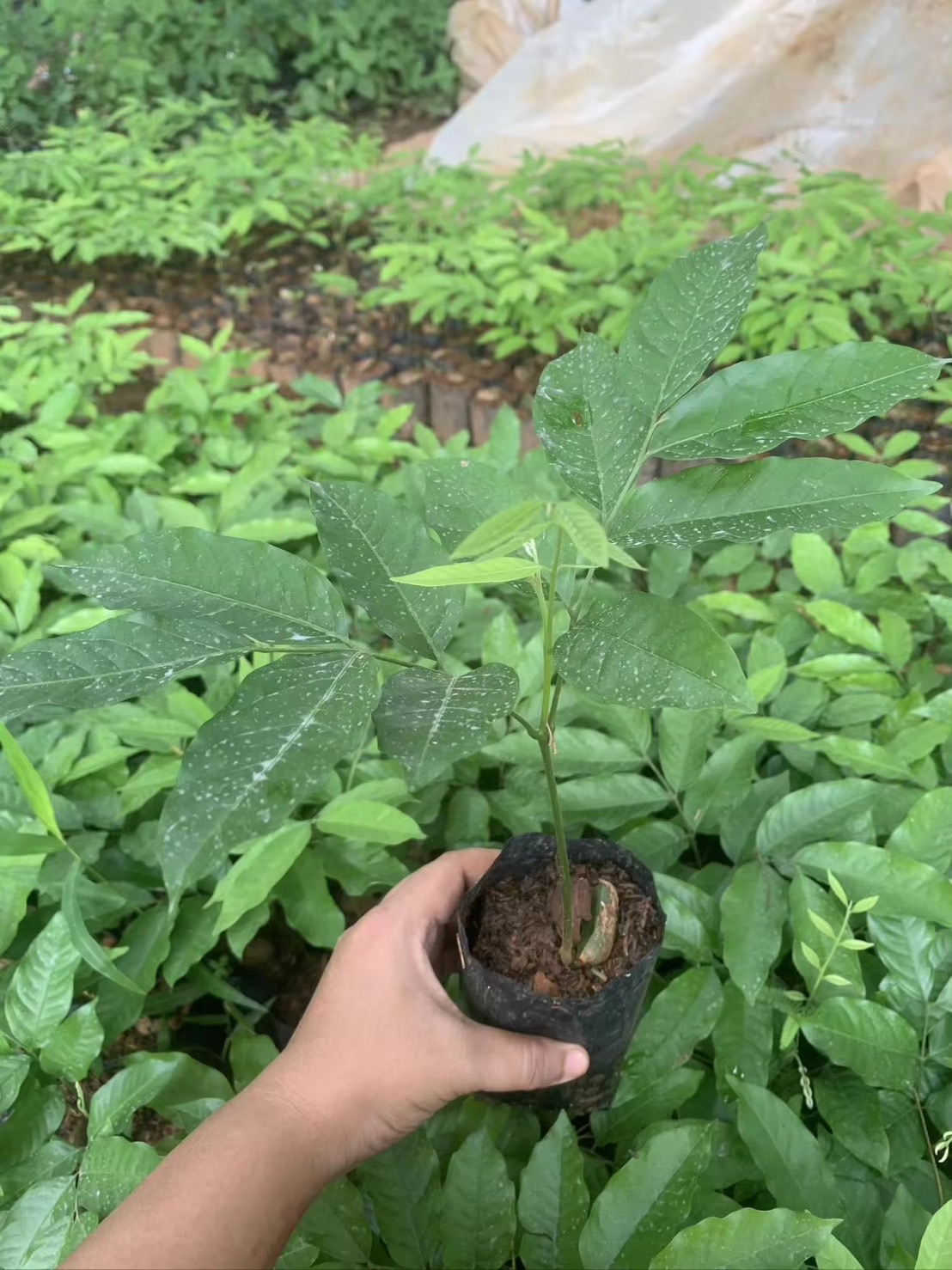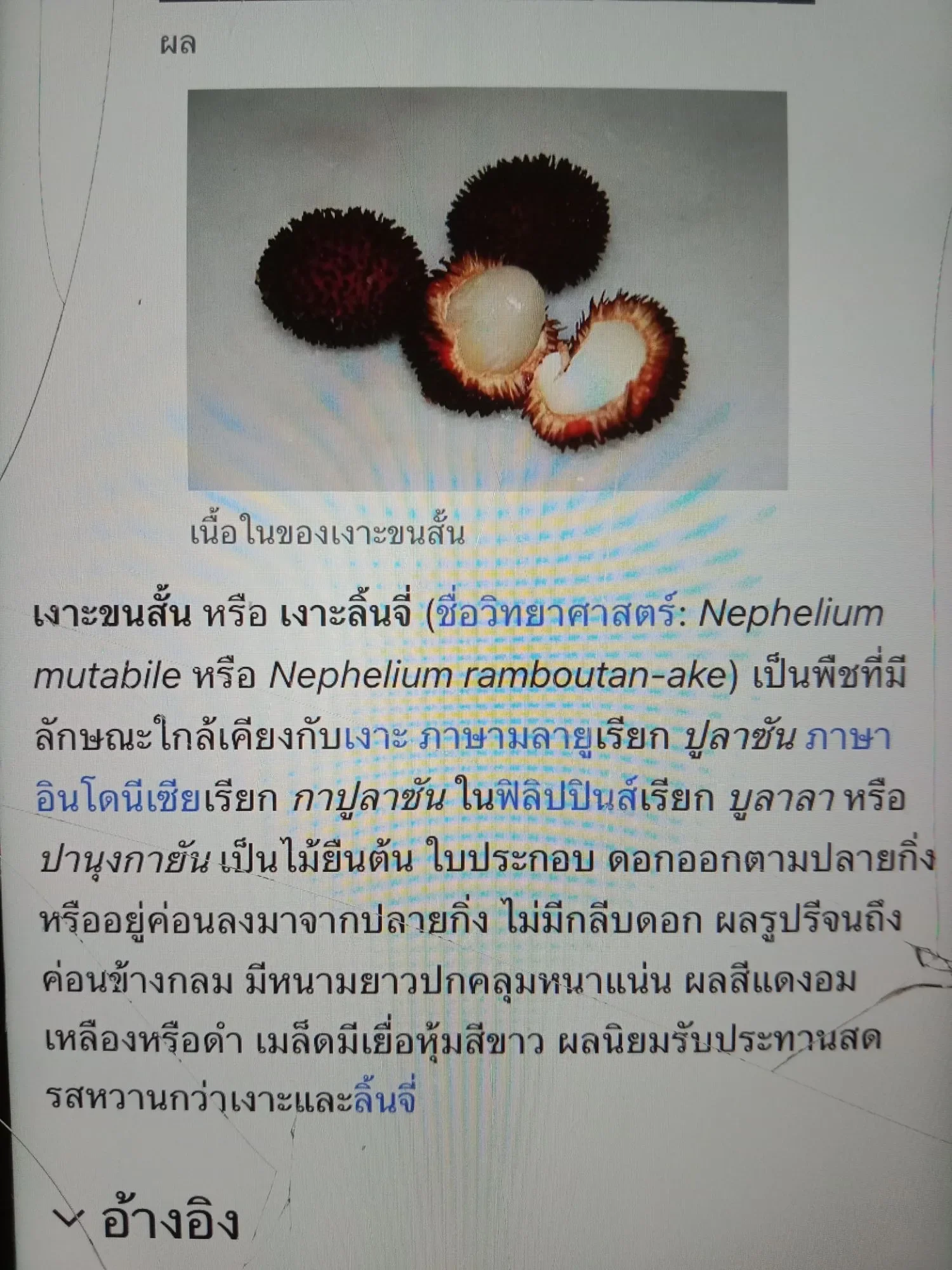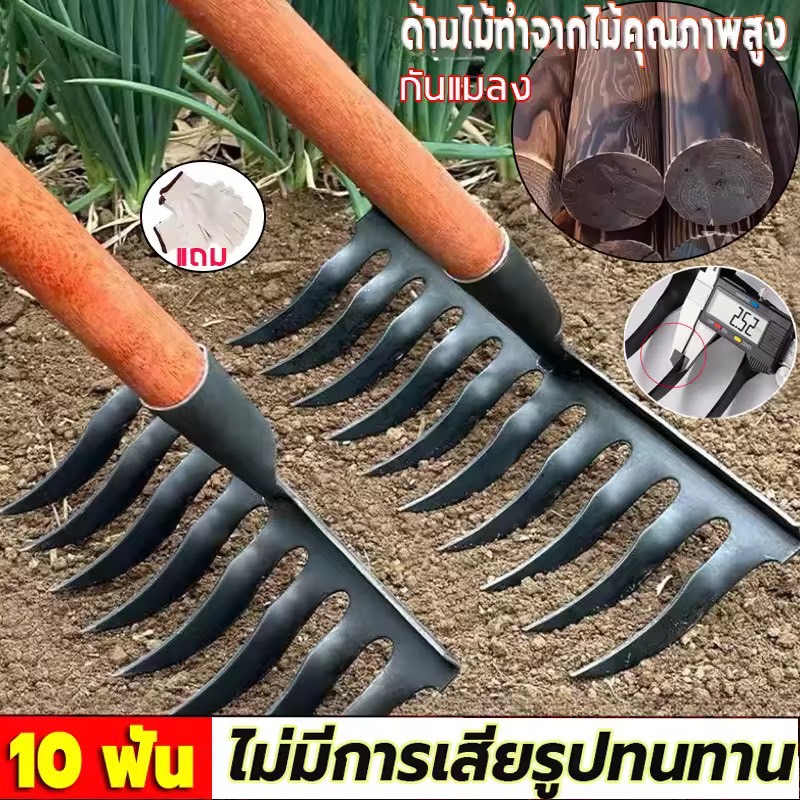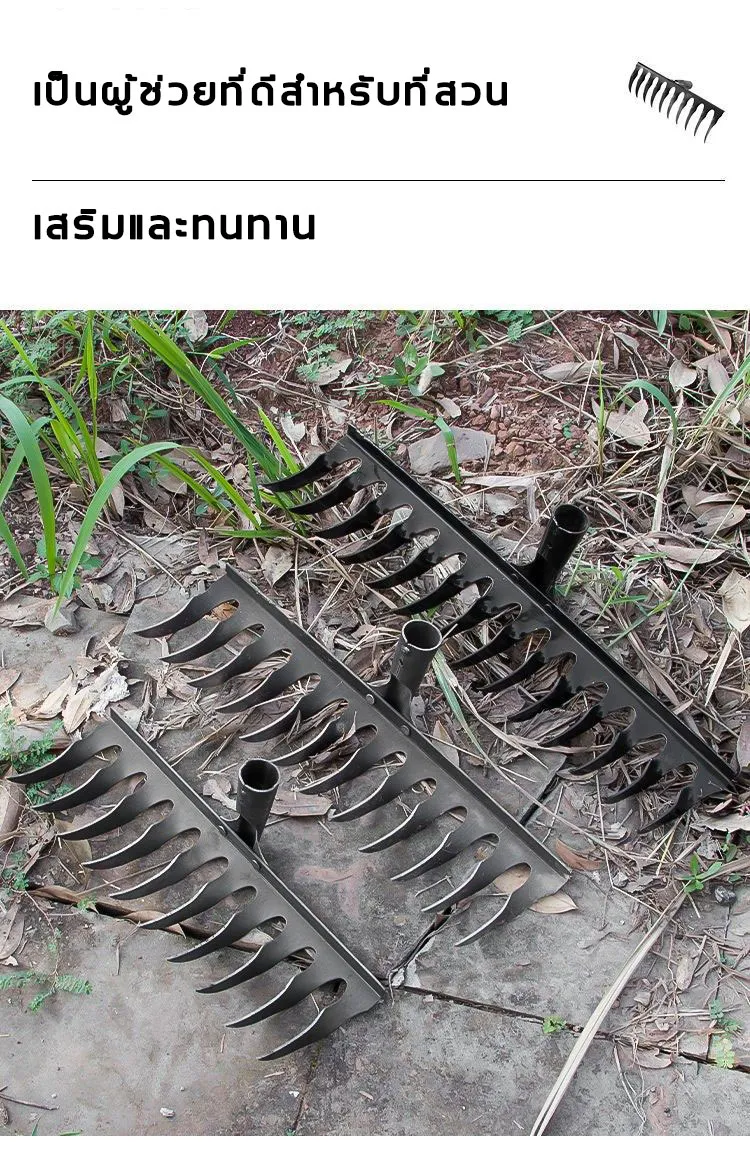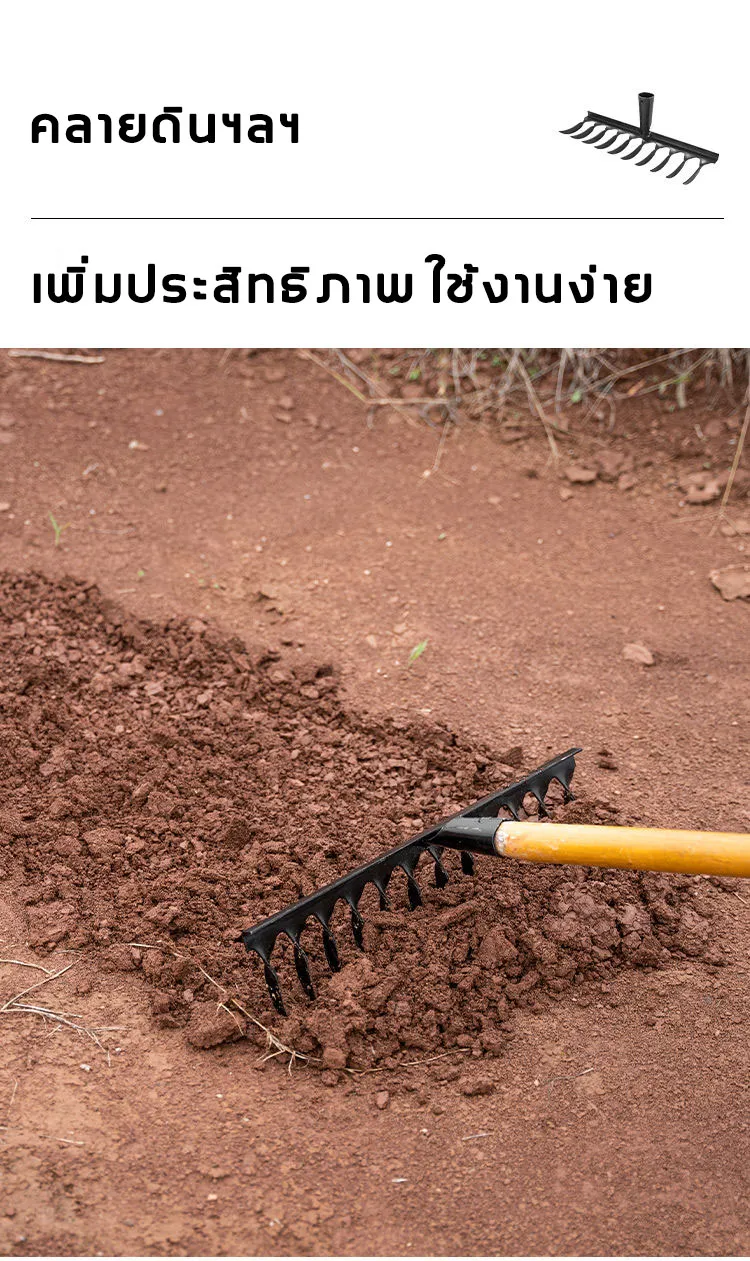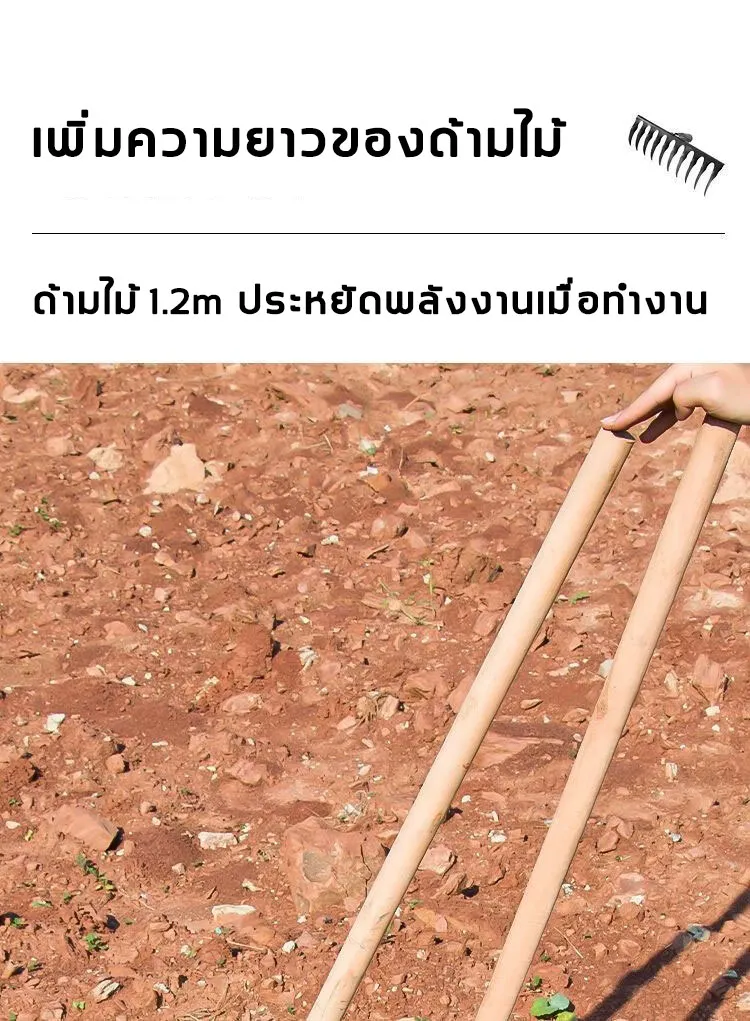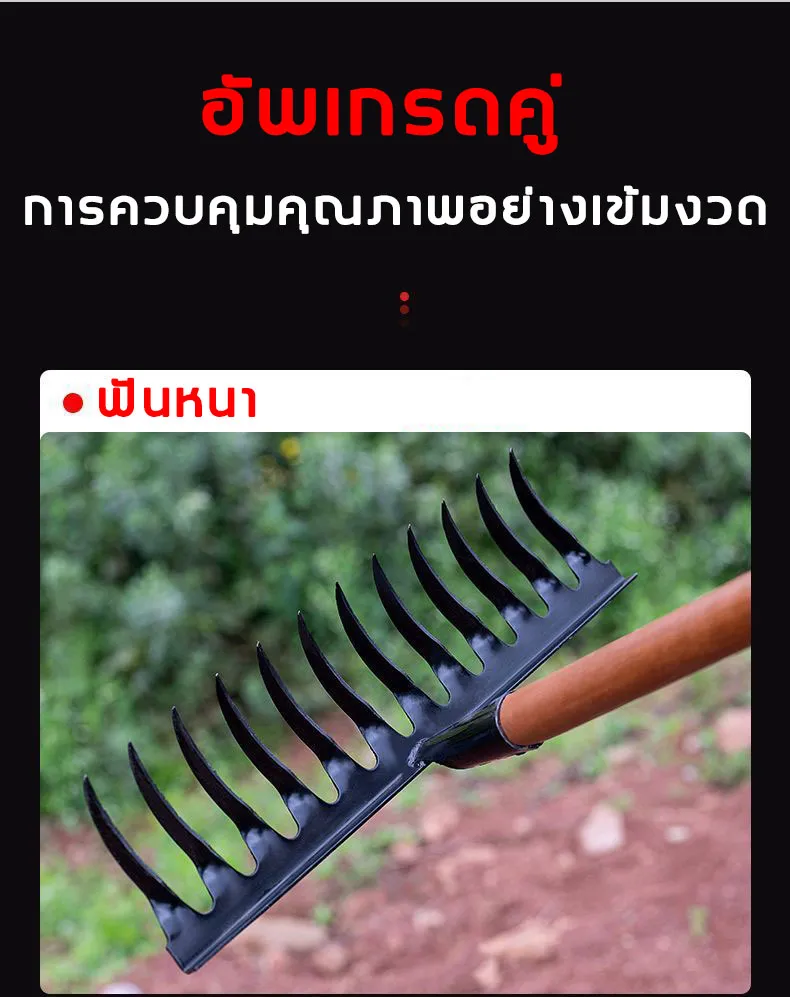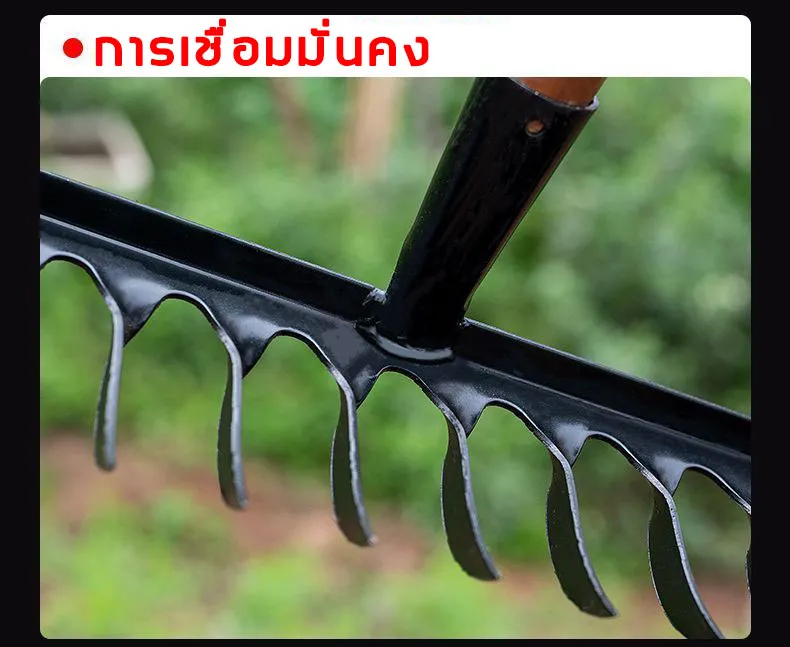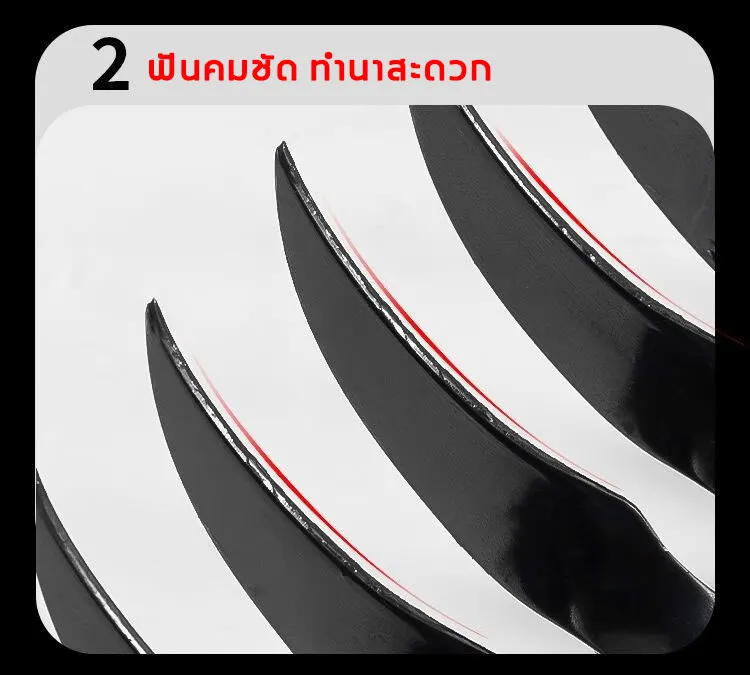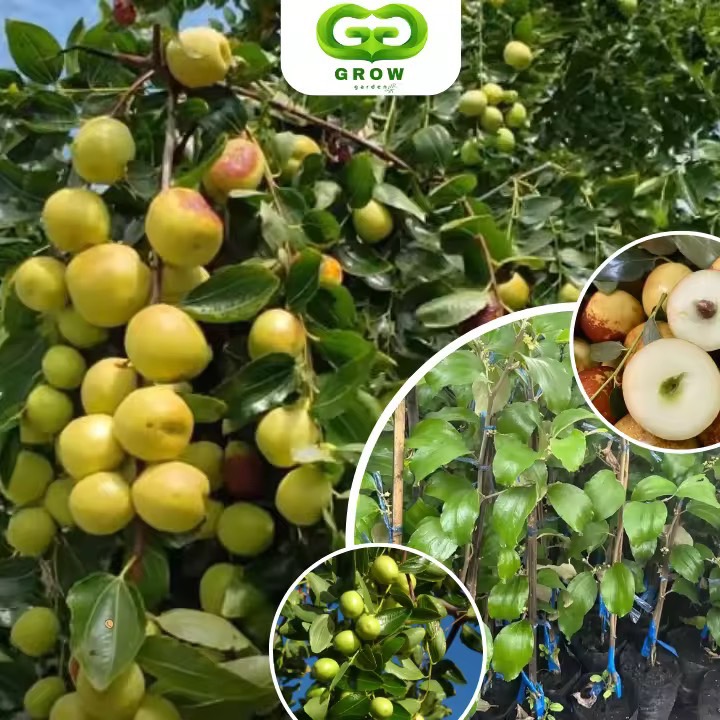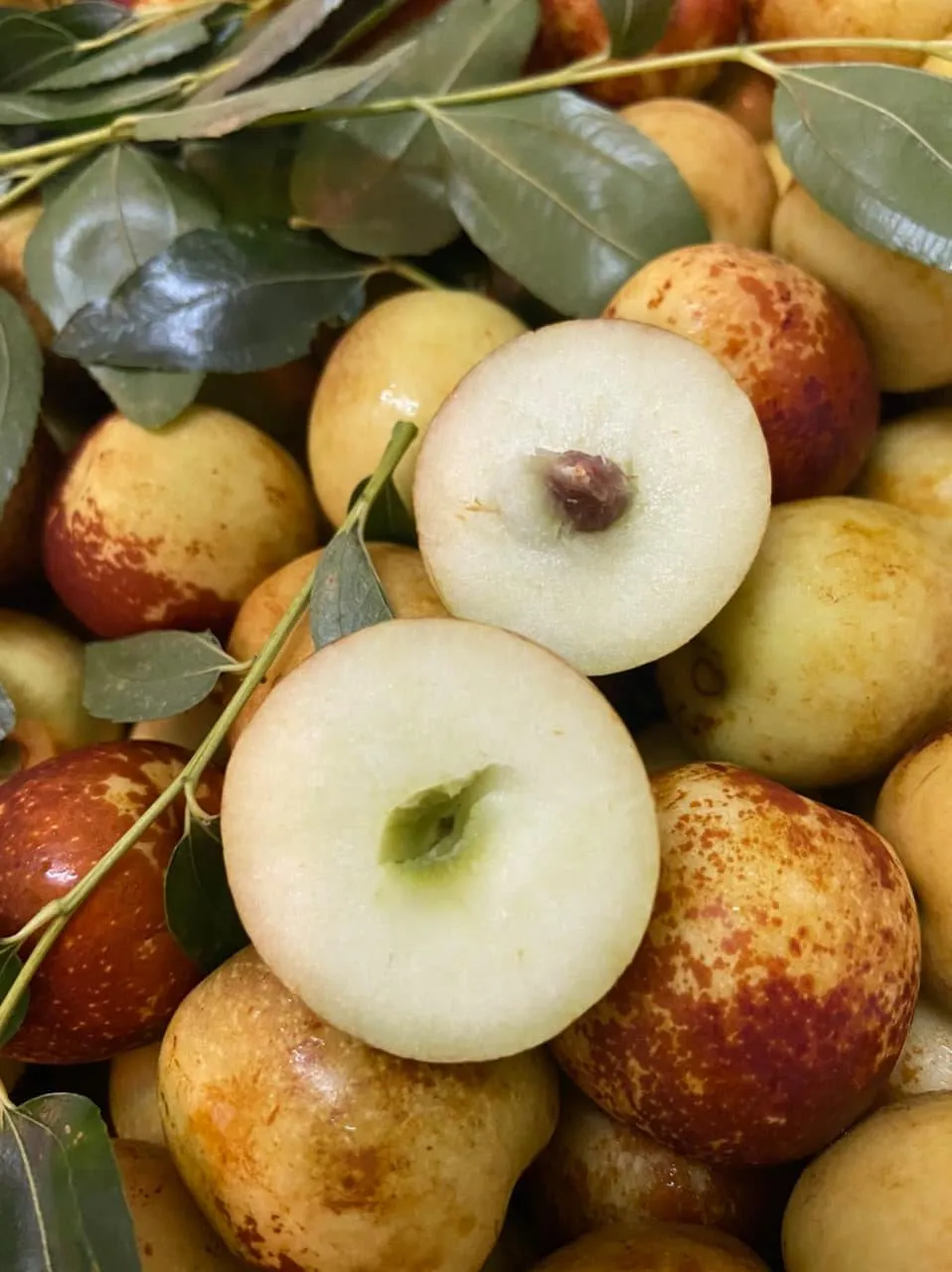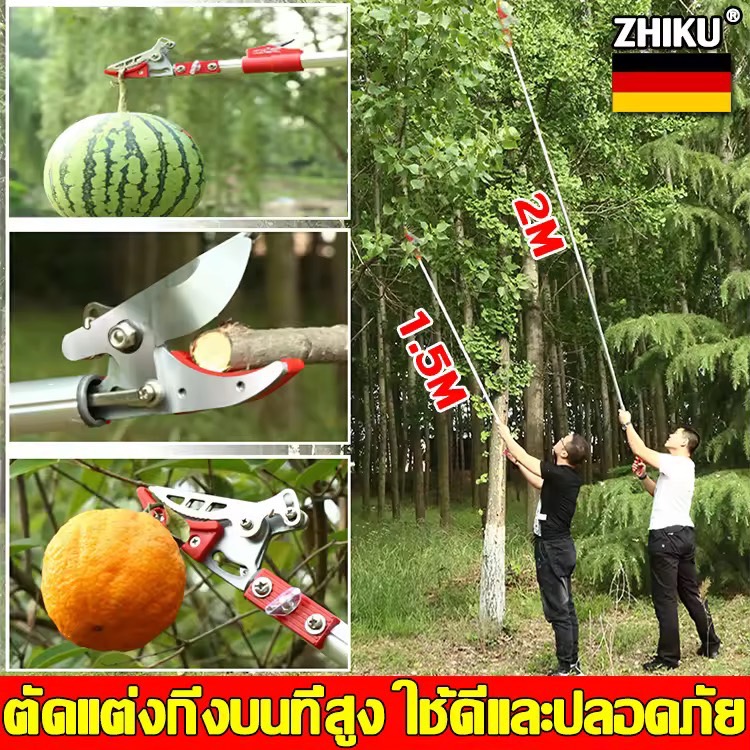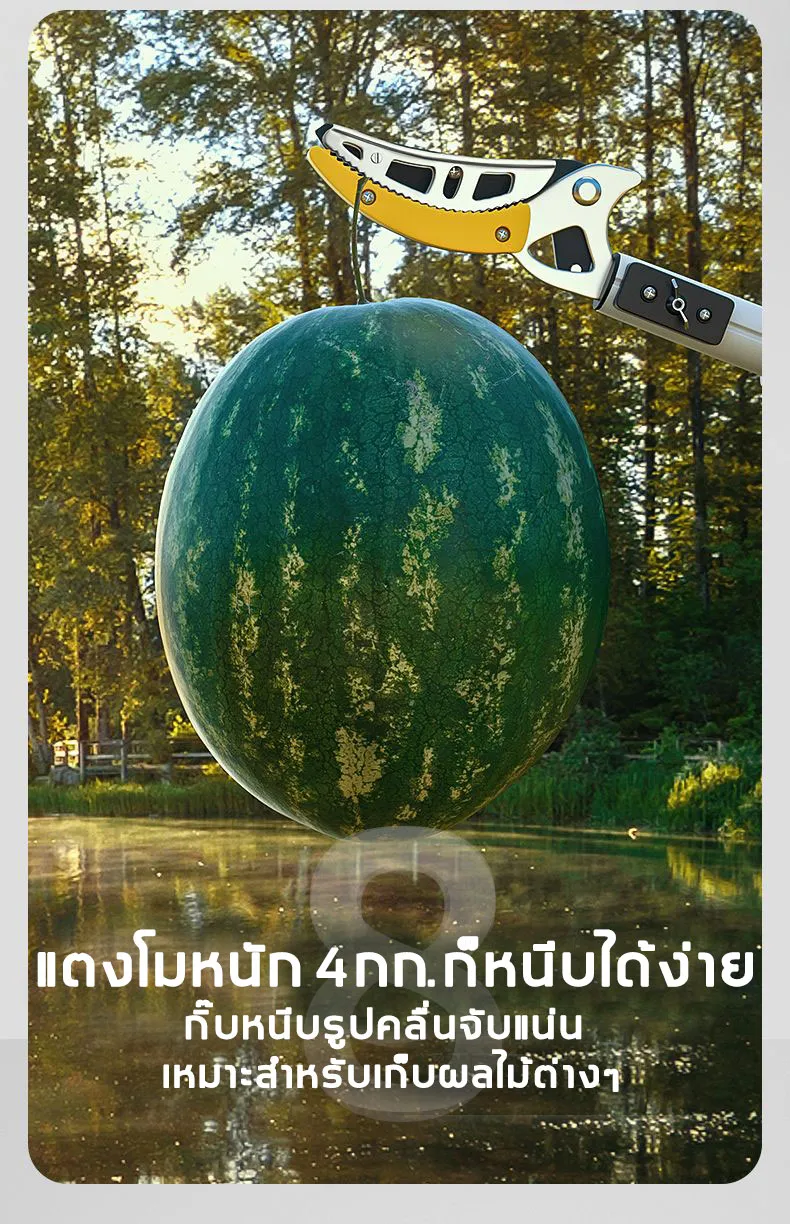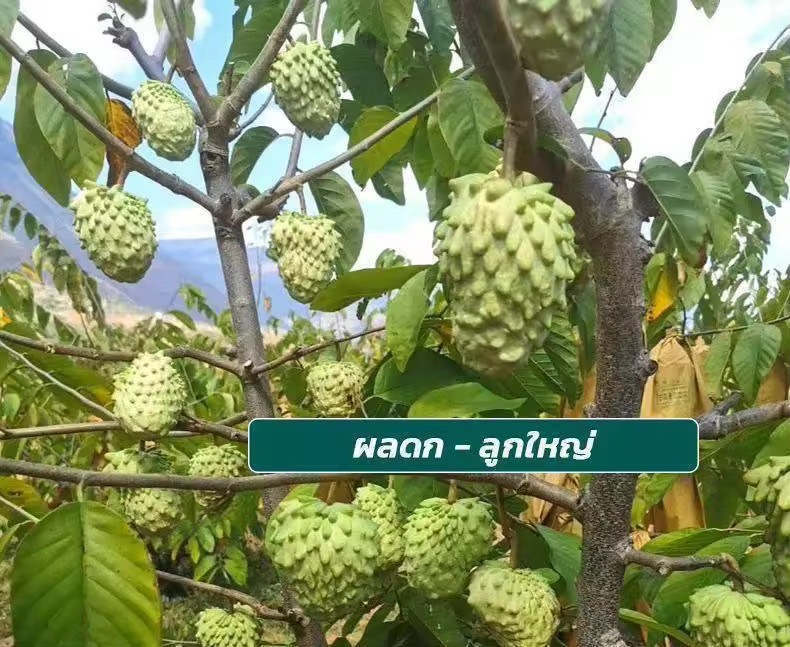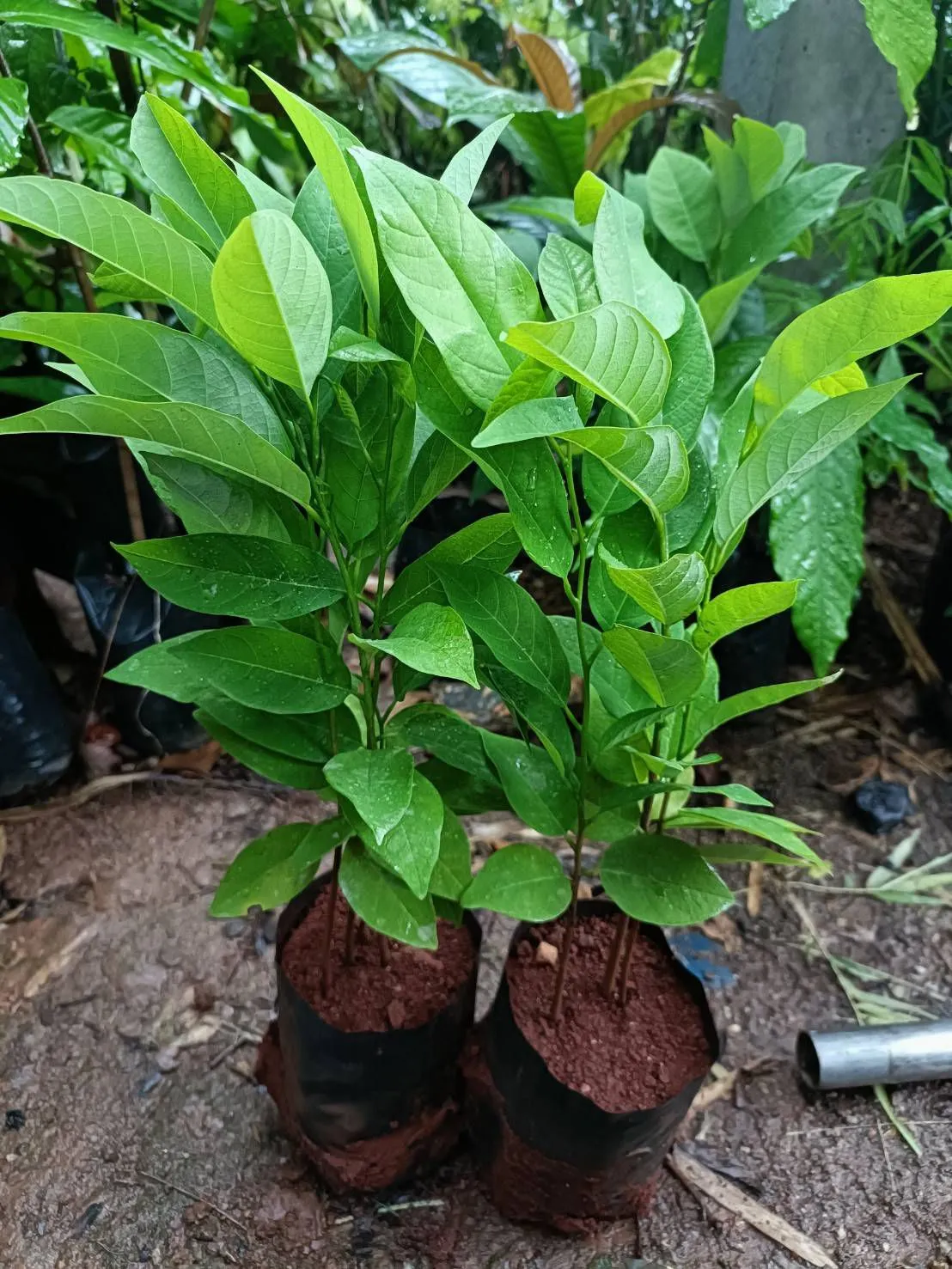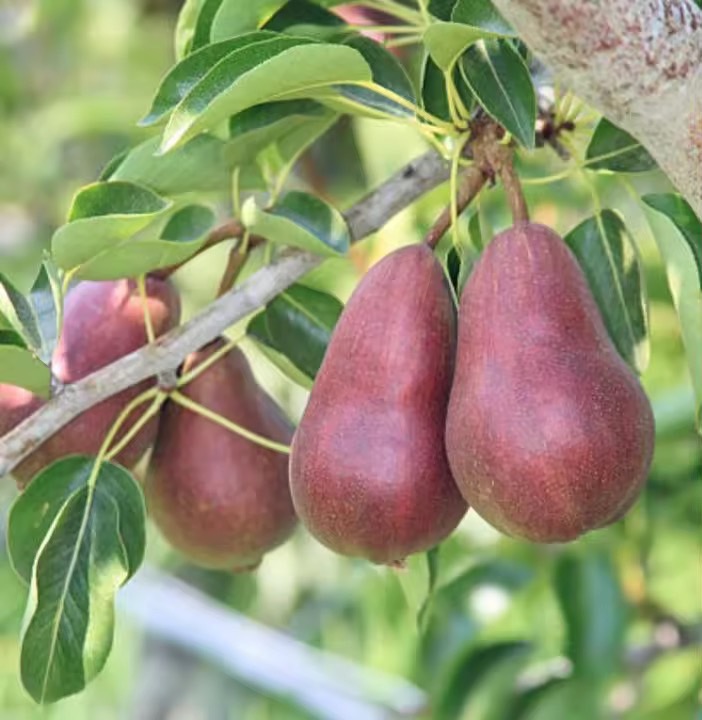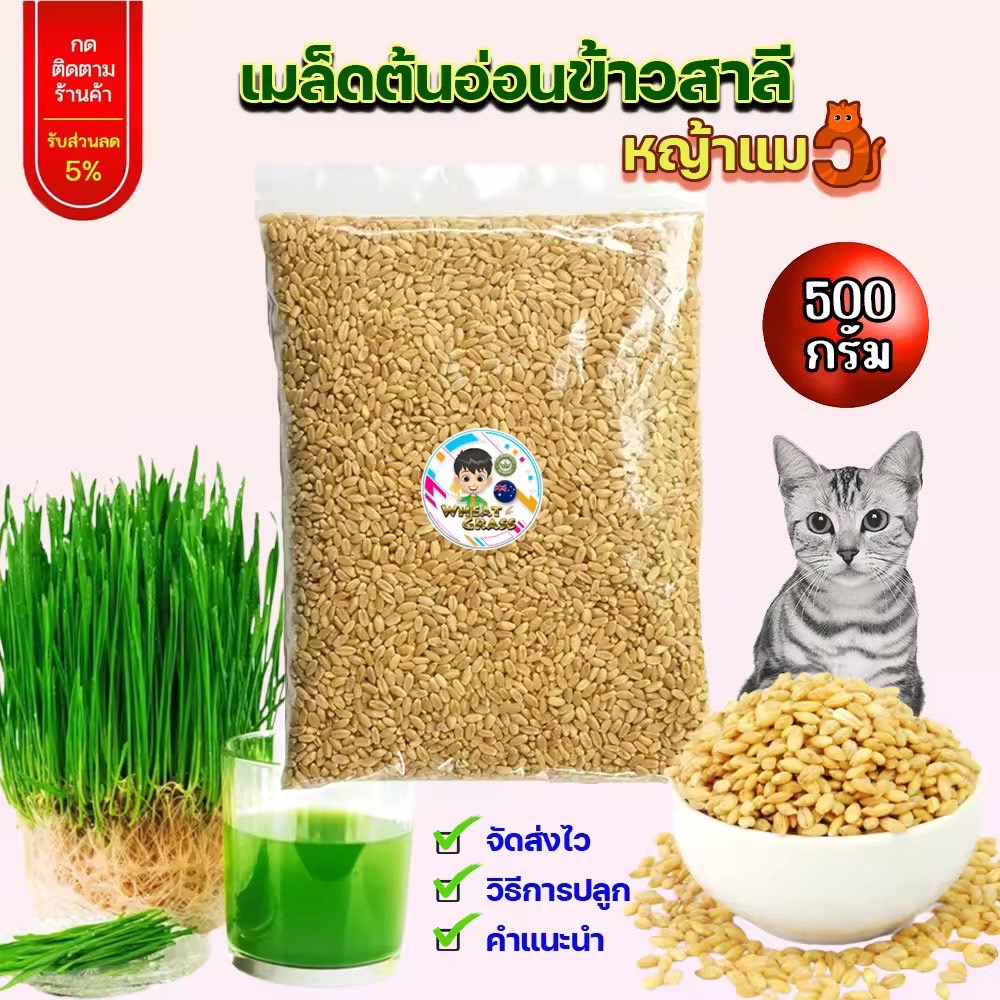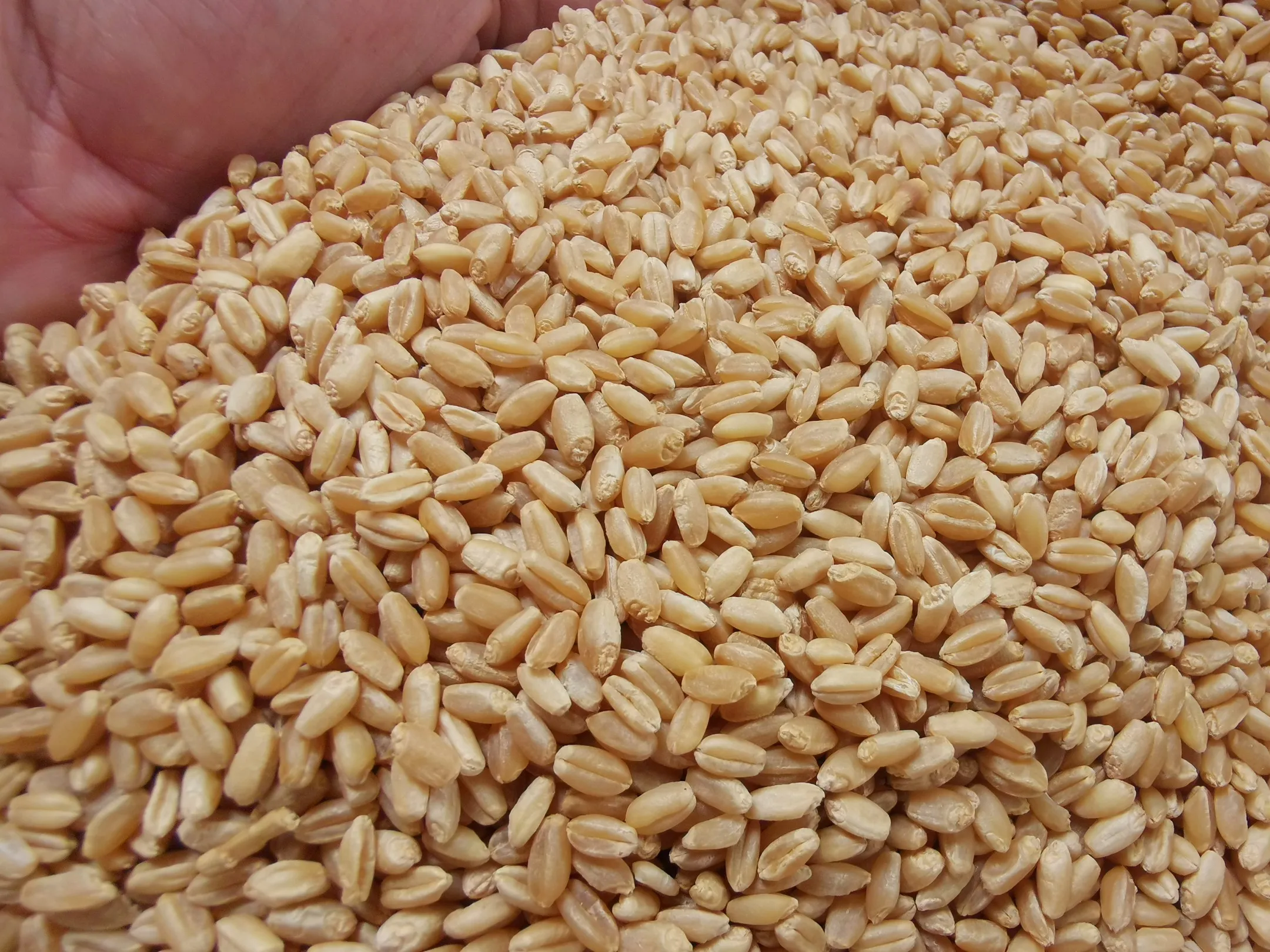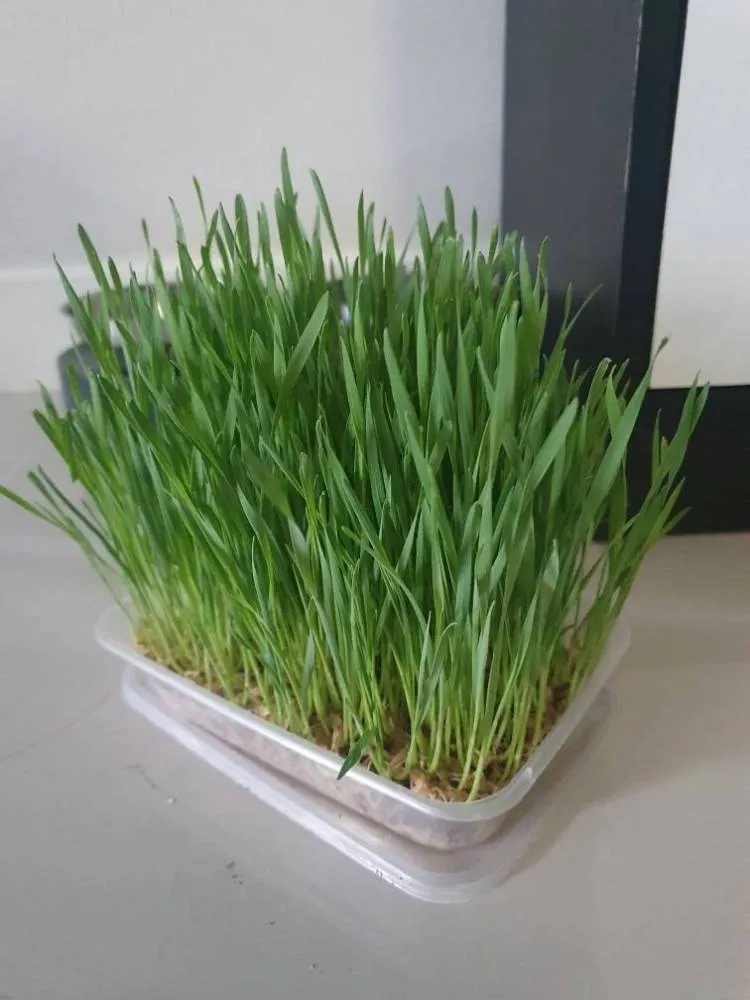HOME MALL กล้องวงจรปิด 9MP 3เลนส์ดูภาพพร้อมกัน กล้องโดมหมุนได้ พูดตอบโต้ได้ กันน้ำip66 ภาพสีในที่มืด
รายละเอียดสินค้า HOME MALL กล้องวงจรปิด 9MP 3เลนส์ดูภาพพร้อมกัน กล้องโดมหมุนได้ พูดตอบโต้ได้ กันน้ำip66 ภาพสีในที่มืด
- HOME MALL กล้องวงจรปิด 9MP 3เลนส์ดูภาพพร้อมกัน กล้องโดมหมุนได้ พูดตอบโต้ได้ กันน้ำip66 ภาพสีในที่มืด
- HOME MALL กล้องวงจรปิด 9MP หมุนตามอัจฉริยะ มีเสียงไซเรนแจ้งเตือน พูดตอบโต้ได้ กล้องกันน้ำ ภาพสีคมชัด
- รายละเอียดสินค้า
- -ความคมชัด :9MP
- -ภาพคมชัดด้วยกล้อง กับเทคโนโลยี AI
- -มีคุณสมบัติกันน้ำ
- -เชื่อมต่อ WI-FI 2.4G
- -ไม่มีอินเตอร์ก็ใช้งานได้ AP โหมด ดูสัญญาณจากตัวกล้องได้ 10 เมตร
- -หมุนตามคนได้ AI
- -กดเปิด-ปิดไฟเองได้
- -กดเปิด-ปิดไซเรนแจ้งเตือน
- -มีการเคลื่อนไหวแจ้งเตือนทันที
- -เชื่อมต่อมือถือ android/ios
- -มีไมโครโฟนและลำโพง
- -กล้องมีหลอดไฟ LED และไฟอินฟาเรด สามารถมองเห็นภาพชัดในที่มืด
- -สามารถมองเห็นได้ในที่มืดและในเวลากลางคืนด้วยภาพสีที่มีความคมชัด
- -หมุนได้ 355 องศา
- -หากตรวจพบการเคลื่อนไหว คุณจะได้รับการแจ้งเตือนผ่านสมาร์ทโฟนของคุณในทันที
- -รองรับ SD ได้สูงสุดถึง 128GB
- -กล้องกันน้ำ สามารถติดตั้งได้ทั้งภายในภายนอก
- -คุณสามารถเปิดไมโครโฟนผ่านสมาร์ทโฟนของคุณเพื่อส่งเสียงไปยังกล้องที่ติดตั้งไว้ได้
- -รับประกันเปลี่ยนตัวใหม่หากกล้องใช้งานไม่ได้ภายใน 7วัน
- -ประกันสินค้า 1ปี ส่งเคลมผ่านผู้ขายได้เลย
- รายการสินค้าที่จะได้รับ
- 1.กล้อง PTZ =1
- 2.อะแดปเตอร์ 12V2A =1
- 3.สกรู =1
- 4.คู่มือการใช้งานภาษาไทย =1
- 📌📌คำถามที่พบบ่อย
- 📍กล้องเชื่อมต่อไวไฟเราเตอร์บ้าน 2.4G
- 📍กล้องต้องเสียบสายไฟไว้ตลอด (เพื่อให้กล้องทำงาน)
- 📍CLOUD จำเป็นต้องซื้อไหม (ไม่จำเป็นถ้าตัวกล้องใส่เมมโมรี่แล้ว)
- 📍กล้องสามารถดูย้อนหลังได้ก็ต่อเมื่อใส่เมมการ์ดเท่านั้นค่ะ (เมมโมรี่การ์ดต้องเป็นของแท้เท่านั้น )
- การติดตั้งง่ายๆ ด้วยตัวคุณเอง :
- 1.ดาวน์โหลดแอปพลิเคชัน ผ่านทาง App store/Play store แอป YOOSEE
- 2.ลงทะเบียนใช้งานแอปพลิเคชัน
- 3.เสียบกล้อง ให้ไฟเข้ากล้อง
- 4.เซ็ตตามขั้นตอนในคู่มือได้เลย
- เงื่อนไขในการรับประกันสินค้า
- สินค้ารับประกัน 12 เดือน ภายใต้เงื่อนไขที่กำหนด โดยเป็นความเสียหายที่เกิดจากการผลิตและไม่รวมถึงความเสียหายที่เกิดจากการใช้งานที่ผิดประเภท โดยมีเงื่อนไขดังนี้
- 👉กรณีสั่งสินค้าผิดรุ่น ผิดสี ทางร้านขอสงวนสิทธิ์ไม่รับเปลี่ยนหรือคืนสินค้า รบกวนตรวจสอบให้ถี่ถ้วนก่อนกดสั่งนะคะ
- 👉การเปลี่ยนสินค้าภายใน 7 วัน กรณีเครื่องมี รอยตำหนิ / หน้าจอแตก / ตัวเครื่องมีรอยบุบ / แตก ต้องแจ้งภายใน 24 ชม. ** พร้อมภาพถ่าย วิดีโอตอนแกะกล่องสินค้า ** หากไม่มีหลักฐาน ข้อมูลตามที่ทางร้านแจ้งไปข้างต้น ทางร้านขอสงวนสิทธิ์ในการ เคลมสินค้า/เปลี่ยนสินค้าใหม่ ทุกกรณีค่ะ !!
- 👉กรณีใส่ที่อยู่ผิด ทางร้านไม่สามารถแก้ไขให้ได้ ลูกค้าต้องยกเลิกแล้วสั่งสินค้าเข้ามาใหม่
- 👉สภาพสินค้าที่เกิดความเสียหายจากผู้ใช้ เช่น แตก ชำรุดบุบ ไหม้ มีคราบน้ำ คราบสนิม เป็นต้นถือว่าสิ้นสุดการรับประกัน ไม่รับเปลี่ยนหรือคืนสินค้าที่เกิดจากการใช้งานที่ผิดวิธี หรือการสั่งซื้อที่เกิดความผิดพลาดของลูกค้า ไม่ว่ากรณีใด ถ้าอุปกรณ์เสริมเมนบอร์ดเสียหายจากการใช้งานของลูกค้าเองหรือหากอยู่ในระยะเวลารับประกัน แต่ต้องเปลี่ยนอุปกรณ์เสริมเมนบอร์ด ลูกค้าจะต้องจ่ายค่าซ่อมอุปกรณ์และค่าขนส่งเอง
- 👉กรณีสินค้ามีปัญหาด้านการจัดส่งหรือสูญหาย รบกวนแจ้งกลับเพื่อตรวจสอบภายใน 15 วันหลังมีการส่งออก ทางร้านไม่สามารถ ตรวจสอบหาเกินเวลาที่กำหนด และขอสงวนสิทธิ์ในการชดเชยทุกกรณี
- 👉 สอบถามเพิ่มเติม / บริการหลังการขาย ลูกค้าสามารถทักแชทร้านได้
- บริการแชทของทางร้าน : วันจันทร์ – วันเสาร์ (เวลา 09.00 – 17:00น.)
- *นอกเวลาทำการ ทางร้านจะติดต่อกลับในวันถัดไป
- #ซูมกลางแจ้ง #กล้องซูมกลางแจ้ง #ชุดกล้องวงจรปิดไร้สาย #กล้องวงจรปืด #กล้องไร้สาย #ชุดไร้สาย #ชุด kit #FN #ราคาถูกที่สุด #ราคาถูก #hivison #กล้องชุด #กล่องวงจรปิดwifi #กล้องวงจรปิด
- #กล้องวงจรปิดกันน้ำ ในร่ม กลางแจ้ง #icam365 #กล้องวงจรปิด 4k#icam365 5g#กล้องวงจร home mall#กล้องวงจรปิดเมนูภาษาไทย#กล้งองวงจรปิด wifi#ก้องวงจอนปิด 360#กล้องวงจรปิด icam365
- #กล้องวงจรปิดกันน้ำ#กล้องไร้สาย wifi#กล้องวงจรปิด พูดได้#กล้องวงจรปิด ไร้ สาย 5g#กลองวงจรปิด wifi 360#กล้องวงจรปิดนอกบ้าน#กล้องวงจรปิดภายนอก#กล้องวงจรปิด 5g wifi#
- กล้อวงจรปิดhomemall#กลองวงปิดไรสาย#กล้องวงจรปิด wifi ไร้สาย#กล้องวงจรปิดราคาถูก#hdcctvกล้องวงจรปิดไร้สาย






HOME MALL กล้องวงจรปิด 9MP 3เลนส์ดูภาพพร้อมกัน กล้องโดมหมุนได้ พูดตอบโต้ได้ กันน้ำip66 ภาพสีในที่มืด
รายละเอียดสินค้า
-ความคมชัด :9MP
-ภาพคมชัดด้วยกล้อง กับเทคโนโลยี AI
-มีคุณสมบัติกันน้ำ
-เชื่อมต่อ WI-FI 2.4G
-ไม่มีอินเตอร์ก็ใช้งานได้ AP โหมด ดูสัญญาณจากตัวกล้องได้ 10 เมตร
-หมุนตามคนได้ AI
-กดเปิด-ปิดไฟเองได้
-กดเปิด-ปิดไซเรนแจ้งเตือน
-มีการเคลื่อนไหวแจ้งเตือนทันที
-เชื่อมต่อมือถือ android/ios
-มีไมโครโฟนและลำโพง
-กล้องมีหลอดไฟ LED และไฟอินฟาเรด สามารถมองเห็นภาพชัดในที่มืด
-สามารถมองเห็นได้ในที่มืดและในเวลากลางคืนด้วยภาพสีที่มีความคมชัด
-หมุนได้ 355 องศา
-หากตรวจพบการเคลื่อนไหว คุณจะได้รับการแจ้งเตือนผ่านสมาร์ทโฟนของคุณในทันที
-รองรับ SD ได้สูงสุดถึง 128GB
-กล้องกันน้ำ สามารถติดตั้งได้ทั้งภายในภายนอก
-คุณสามารถเปิดไมโครโฟนผ่านสมาร์ทโฟนของคุณเพื่อส่งเสียงไปยังกล้องที่ติดตั้งไว้ได้
-รับประกันเปลี่ยนตัวใหม่หากกล้องใช้งานไม่ได้ภายใน 7วัน
-ประกันสินค้า 1ปี ส่งเคลมผ่านผู้ขายได้เลย
รายการสินค้าที่จะได้รับ
1.กล้อง PTZ =1
2.อะแดปเตอร์ 12V2A =1
3.สกรู =1
4.คู่มือการใช้งานภาษาไทย =1
📌📌คำถามที่พบบ่อย
📍กล้องเชื่อมต่อไวไฟเราเตอร์บ้าน 2.4G
📍กล้องต้องเสียบสายไฟไว้ตลอด (เพื่อให้กล้องทำงาน)
📍CLOUD จำเป็นต้องซื้อไหม (ไม่จำเป็นถ้าตัวกล้องใส่เมมโมรี่แล้ว)
📍กล้องสามารถดูย้อนหลังได้ก็ต่อเมื่อใส่เมมการ์ดเท่านั้นค่ะ (เมมโมรี่การ์ดต้องเป็นของแท้เท่านั้น )
การติดตั้งง่ายๆ ด้วยตัวคุณเอง :
1.ดาวน์โหลดแอปพลิเคชัน ผ่านทาง App store/Play store แอป YOOSEE
2.ลงทะเบียนใช้งานแอปพลิเคชัน
3.เสียบกล้อง ให้ไฟเข้ากล้อง
4.เซ็ตตามขั้นตอนในคู่มือได้เลย
เงื่อนไขในการรับประกันสินค้า
สินค้ารับประกัน 12 เดือน ภายใต้เงื่อนไขที่กำหนด โดยเป็นความเสียหายที่เกิดจากการผลิตและไม่รวมถึงความเสียหายที่เกิดจากการใช้งานที่ผิดประเภท โดยมีเงื่อนไขดังนี้
👉กรณีสั่งสินค้าผิดรุ่น ผิดสี ทางร้านขอสงวนสิทธิ์ไม่รับเปลี่ยนหรือคืนสินค้า รบกวนตรวจสอบให้ถี่ถ้วนก่อนกดสั่งนะคะ
👉การเปลี่ยนสินค้าภายใน 7 วัน กรณีเครื่องมี รอยตำหนิ / หน้าจอแตก / ตัวเครื่องมีรอยบุบ / แตก ต้องแจ้งภายใน 24 ชม. ** พร้อมภาพถ่าย วิดีโอตอนแกะกล่องสินค้า ** หากไม่มีหลักฐาน ข้อมูลตามที่ทางร้านแจ้งไปข้างต้น ทางร้านขอสงวนสิทธิ์ในการ เคลมสินค้า/เปลี่ยนสินค้าใหม่ ทุกกรณีค่ะ !!
👉กรณีใส่ที่อยู่ผิด ทางร้านไม่สามารถแก้ไขให้ได้ ลูกค้าต้องยกเลิกแล้วสั่งสินค้าเข้ามาใหม่
👉สภาพสินค้าที่เกิดความเสียหายจากผู้ใช้ เช่น แตก ชำรุดบุบ ไหม้ มีคราบน้ำ คราบสนิม เป็นต้นถือว่าสิ้นสุดการรับประกัน ไม่รับเปลี่ยนหรือคืนสินค้าที่เกิดจากการใช้งานที่ผิดวิธี หรือการสั่งซื้อที่เกิดความผิดพลาดของลูกค้า ไม่ว่ากรณีใด ถ้าอุปกรณ์เสริมเมนบอร์ดเสียหายจากการใช้งานของลูกค้าเองหรือหากอยู่ในระยะเวลารับประกัน แต่ต้องเปลี่ยนอุปกรณ์เสริมเมนบอร์ด ลูกค้าจะต้องจ่ายค่าซ่อมอุปกรณ์และค่าขนส่งเอง
👉กรณีสินค้ามีปัญหาด้านการจัดส่งหรือสูญหาย รบกวนแจ้งกลับเพื่อตรวจสอบภายใน 15 วันหลังมีการส่งออก ทางร้านไม่สามารถ ตรวจสอบหาเกินเวลาที่กำหนด และขอสงวนสิทธิ์ในการชดเชยทุกกรณี
👉 สอบถามเพิ่มเติม / บริการหลังการขาย ลูกค้าสามารถทักแชทร้านได้
บริการแชทของทางร้าน : วันจันทร์ – วันเสาร์ (เวลา 09.00 – 17:00น.)
*นอกเวลาทำการ ทางร้านจะติดต่อกลับในวันถัดไป
#ซูมกลางแจ้ง #กล้องซูมกลางแจ้ง #ชุดกล้องวงจรปิดไร้สาย #กล้องวงจรปืด #กล้องไร้สาย #ชุดไร้สาย #ชุด kit #FN #ราคาถูกที่สุด #ราคาถูก #hivison #กล้องชุด #กล่องวงจรปิดwifi #กล้องวงจรปิด
#กล้องวงจรปิดกันน้ำ ในร่ม กลางแจ้ง #icam365 #กล้องวงจรปิด 4k#icam365 5g#กล้องวงจร home mall#กล้องวงจรปิดเมนูภาษาไทย#กล้งองวงจรปิด wifi#ก้องวงจอนปิด 360#กล้องวงจรปิด icam365
#กล้องวงจรปิดกันน้ำ#กล้องไร้สาย wifi#กล้องวงจรปิด พูดได้#กล้องวงจรปิด ไร้ สาย 5g#กลองวงจรปิด wifi 360#กล้องวงจรปิดนอกบ้าน#กล้องวงจรปิดภายนอก#กล้องวงจรปิด 5g wifi#
กล้อวงจรปิดhomemall#กลองวงปิดไรสาย#กล้องวงจรปิด wifi ไร้สาย#กล้องวงจรปิดราคาถูก#hdcctvกล้องวงจรปิดไร้สาย
